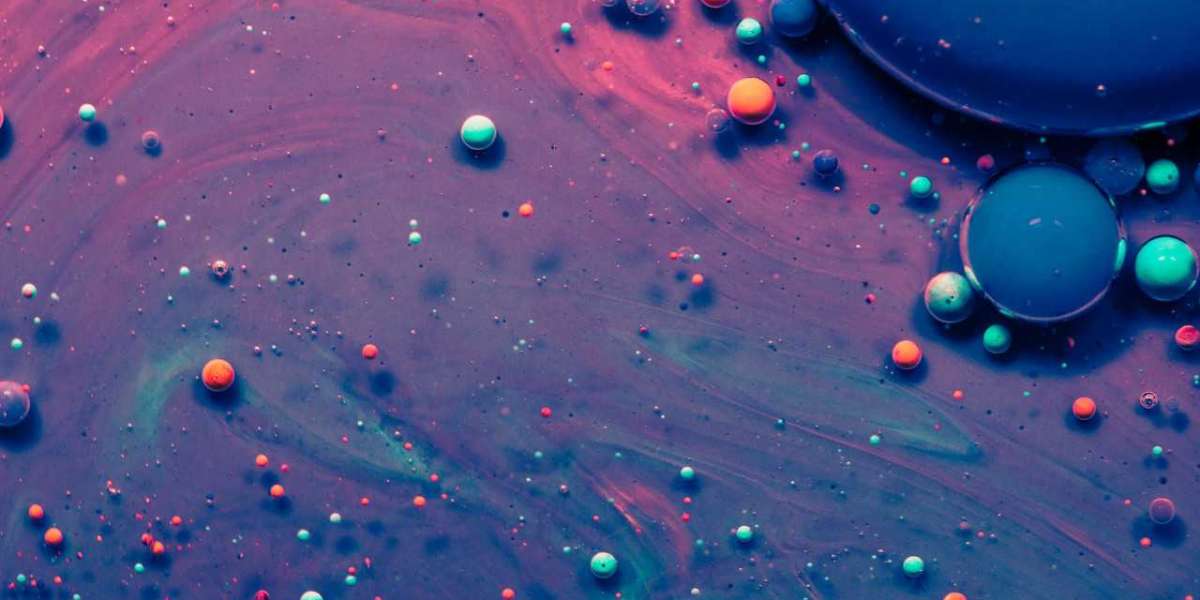Water Treatment Companies In NJ are not only essential for providing safe drinking water to human populations but also plays a crucial role in contributing to the health and stability of ecosystems. Ecosystems are intricate networks of living organisms and their physical environments, and they rely heavily on the quality and availability of water. It’s important to know how water treatment contributes to ecosystems in various ways:
Biodiversity Preservation: Clean water is fundamental for the survival of diverse aquatic species, including fish, amphibians, and invertebrates. Water treatment companies ensure that the water released into rivers, lakes, and oceans is free from harmful contaminants and pollutants. This helps maintain the delicate balance of aquatic ecosystems, preserving biodiversity and the interconnected web of life within them.
Eutrophication Mitigation: Eutrophication is a phenomenon where excessive nutrients, primarily nitrogen and phosphorus, enter water bodies, causing algal blooms and oxygen depletion. Water treatment processes often involve nutrient removal, preventing excess nutrients from entering natural water systems. By reducing eutrophication, water treatment helps protect aquatic life and maintain the ecological health of rivers and lakes.
Habitat Preservation: Aquatic ecosystems provide critical habitat for a wide range of species, from microscopic organisms to larger vertebrates. Proper water treatment practices ensure that water bodies remain hospitable to these organisms. Additionally, water treatment companies may engage in habitat restoration and conservation efforts, further enhancing ecosystem health.
Riparian Zone Protection: Riparian zones, the areas along the banks of rivers and streams, are essential for maintaining water quality and supporting terrestrial and aquatic life. Water treatment companies often collaborate with local authorities to protect these zones, preventing erosion, reducing pollution, and preserving vital wildlife habitats.
Temperature Regulation: Water treatment plants typically release treated water back into natural water bodies. The temperature of this effluent can significantly impact aquatic ecosystems. Water treatment companies aim to maintain appropriate effluent temperatures to ensure the survival and well-being of aquatic organisms sensitive to temperature fluctuations.
Disease Prevention: Contaminated water can lead to the spread of diseases among aquatic species, including bacteria and parasites that harm fish populations. By removing harmful microorganisms through water treatment processes, these companies help reduce the incidence of disease outbreaks in aquatic ecosystems.
Water Availability: Ecosystems depend on the availability of water to support their functions and services. Water treatment ensures a sustainable supply of freshwater, helping to maintain healthy wetlands, forests, and other ecosystems that rely on adequate water resources.
Non-point Source Pollution Control: Water treatment companies often work in tandem with land management agencies to control nonpoint source pollution, which includes runoff from agriculture and urban areas. By addressing these sources of pollution, water treatment contributes to the protection of downstream ecosystems.
Aquatic Food Chains: Aquatic ecosystems are part of complex food chains, and the health of these systems depends on the availability of clean water and appropriate nutrient levels. Water treatment helps ensure that aquatic organisms at the base of these food chains have a safe environment in which to thrive, ultimately supporting higher trophic levels.








